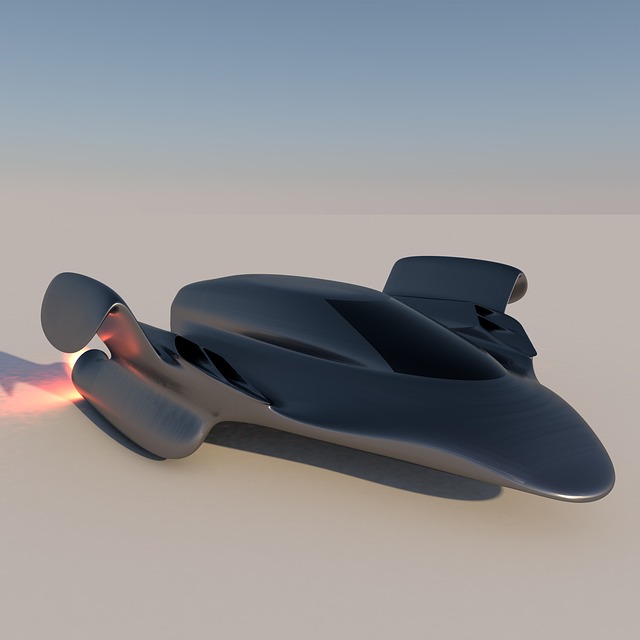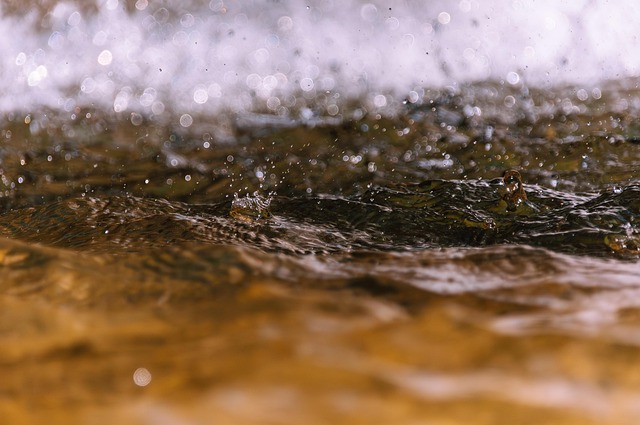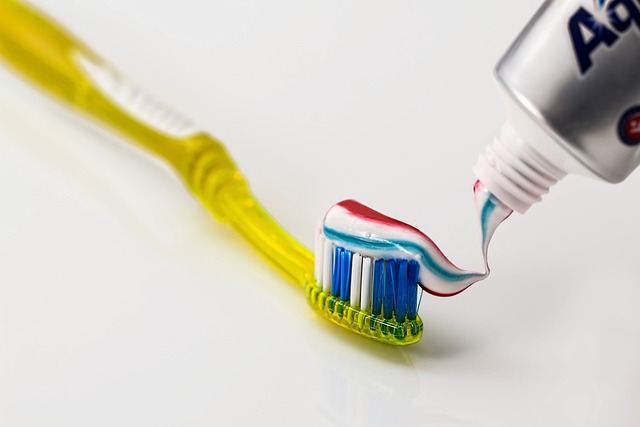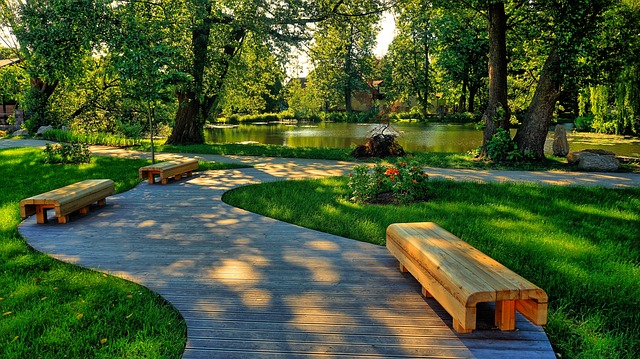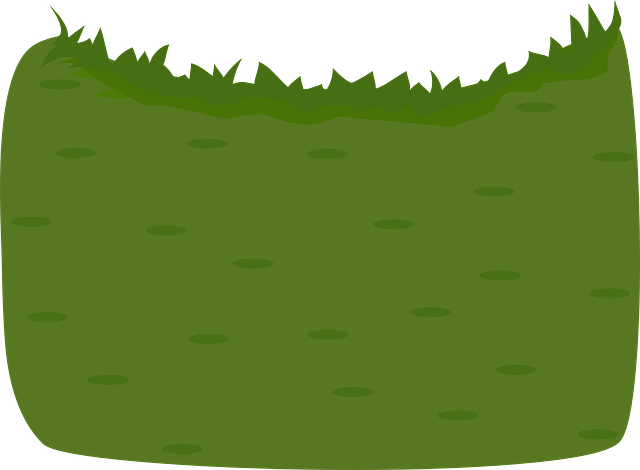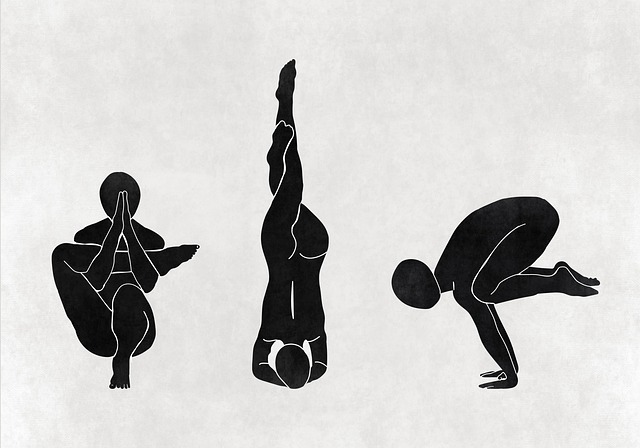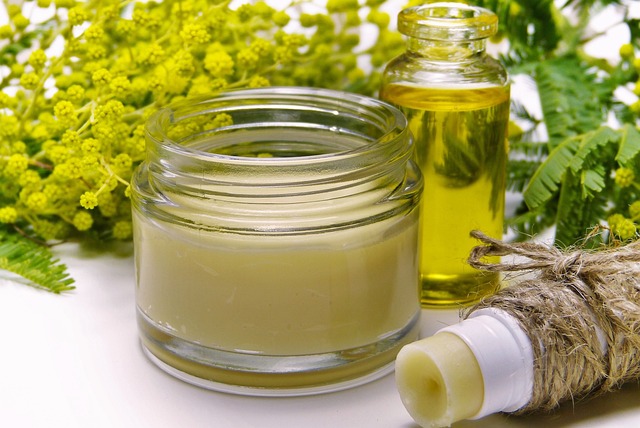Lawn Care and Landscaping involves key practices like mulching and edging for enhanced grass health and aesthetic appeal. Mulch conserves soil moisture, suppresses weeds, and releases nutrients, with organic options providing gradual nutrition while inorganic mulches offer better drainage. Edging defines lawn-walkway boundaries, prevents moisture loss, and improves property presentation. Integrating these practices leads to effective lawn care and landscaping, enriching soil health and maintaining clean lines.
“Elevate your lawn care game with mulching and edging—essential practices for vibrant, well-defined lawns. This comprehensive guide navigates the benefits and various types of mulching, offering insights into how it fortifies soil health and promotes lush growth. We explore innovative edging techniques to achieve clean lines and professionally defined edges. Integrating these strategies enhances overall lawn care and landscaping, ensuring your outdoor space becomes a testament to meticulous maintenance.”
- Understanding Mulching: Benefits and Types for Lawn Health
- Edging Techniques: Creating Clean Lines and Defining Your Lawn's Edge
- Integrating Mulch and Edging for Optimal Lawn Care and Landscaping
Understanding Mulching: Benefits and Types for Lawn Health
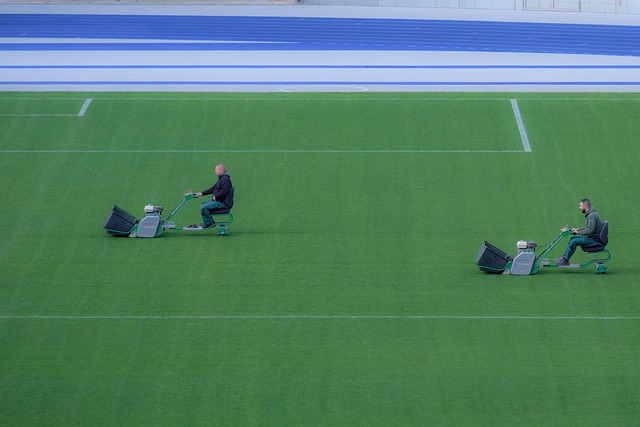
Mulching is an essential practice in lawn care and landscaping, offering numerous benefits for your lawn’s overall health and appearance. By adding organic material to the soil surface, mulches enrich the soil, promoting better root growth and nutrient absorption. This natural process helps retain moisture, reducing the need for frequent watering, which is especially beneficial during hot summer months or in drought-prone areas.
There are various types of mulches available, each with unique advantages. Organic mulches, such as wood chips, straw, or compost, are highly effective at suppressing weeds and providing a gradual release of nutrients. In contrast, inorganic mulches like stones or rubber chips offer better drainage and longer-lasting weed control but provide fewer nutritional benefits. Choosing the right type of mulch depends on your lawn’s specific needs, climate, and aesthetic preferences.
Edging Techniques: Creating Clean Lines and Defining Your Lawn's Edge
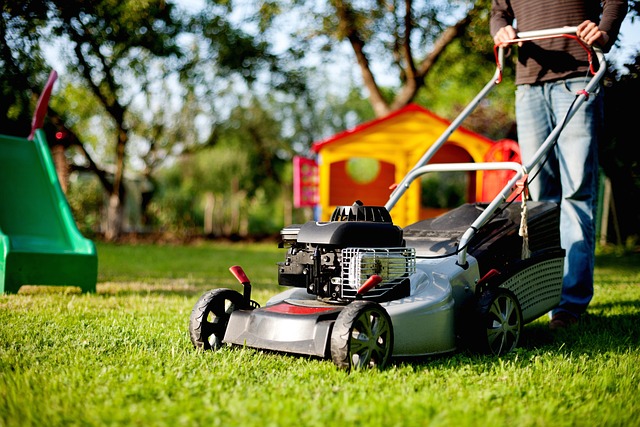
When it comes to lawn care and landscaping, edging plays a crucial role in defining your yard’s overall look. It involves creating clean lines along the borders of your lawn, separating it from pathways, driveways, and neighboring gardens. There are various techniques to achieve this, each offering its own unique aesthetic appeal. One popular method is using manual tools like edgers or string trimmers to cut through grass along the edge, resulting in a crisp, defined line. This technique requires precision and is best for straight or slightly curved edges.
For more complex landscapes, consider investing in power equipment such as electric or gas-powered edgers. These tools are designed to swiftly and efficiently create neat boundaries, making it easier to maintain your lawn’s edge. Whether you opt for manual or powered tools, the goal is to ensure your lawn transitions smoothly from lush greenery to a structured, well-defined space. This attention to detail not only enhances the visual appeal but also contributes to a neater and more professional lawn care routine.
Integrating Mulch and Edging for Optimal Lawn Care and Landscaping

Integrating mulch and edging into your lawn care and landscaping routine can significantly enhance the overall health and appearance of your grass. Mulch, whether organic or inorganic, acts as a protective layer around plants, conserving moisture, suppressing weeds, and gradually releasing nutrients to feed the lawn. By incorporating mulch in between shrubs, around trees, and along garden beds, you create a uniform and aesthetically pleasing landscape while also reducing maintenance tasks like frequent weeding.
Edging, on the other hand, defines the boundaries between your lawn and walkways or garden areas, providing a polished look. It not only prevents grass from encroaching onto paths but also traps moisture in the lawn, keeping it lush and green. Regular edging can improve the overall presentation of your property and make yard work more manageable. Combining these two practices creates a harmonious blend where mulch enriches the soil and edging ensures clean lines, ultimately contributing to effective lawn care and landscaping.
Mulching and edging are essential practices in lawn care and landscaping, offering numerous benefits such as retaining moisture, suppressing weeds, and enhancing soil health. By understanding different mulching types and implementing precise edging techniques, you can significantly improve the overall appearance and vitality of your lawn. Integrating these strategies ensures a well-defined, healthy, and visually appealing outdoor space that requires less maintenance over time.
